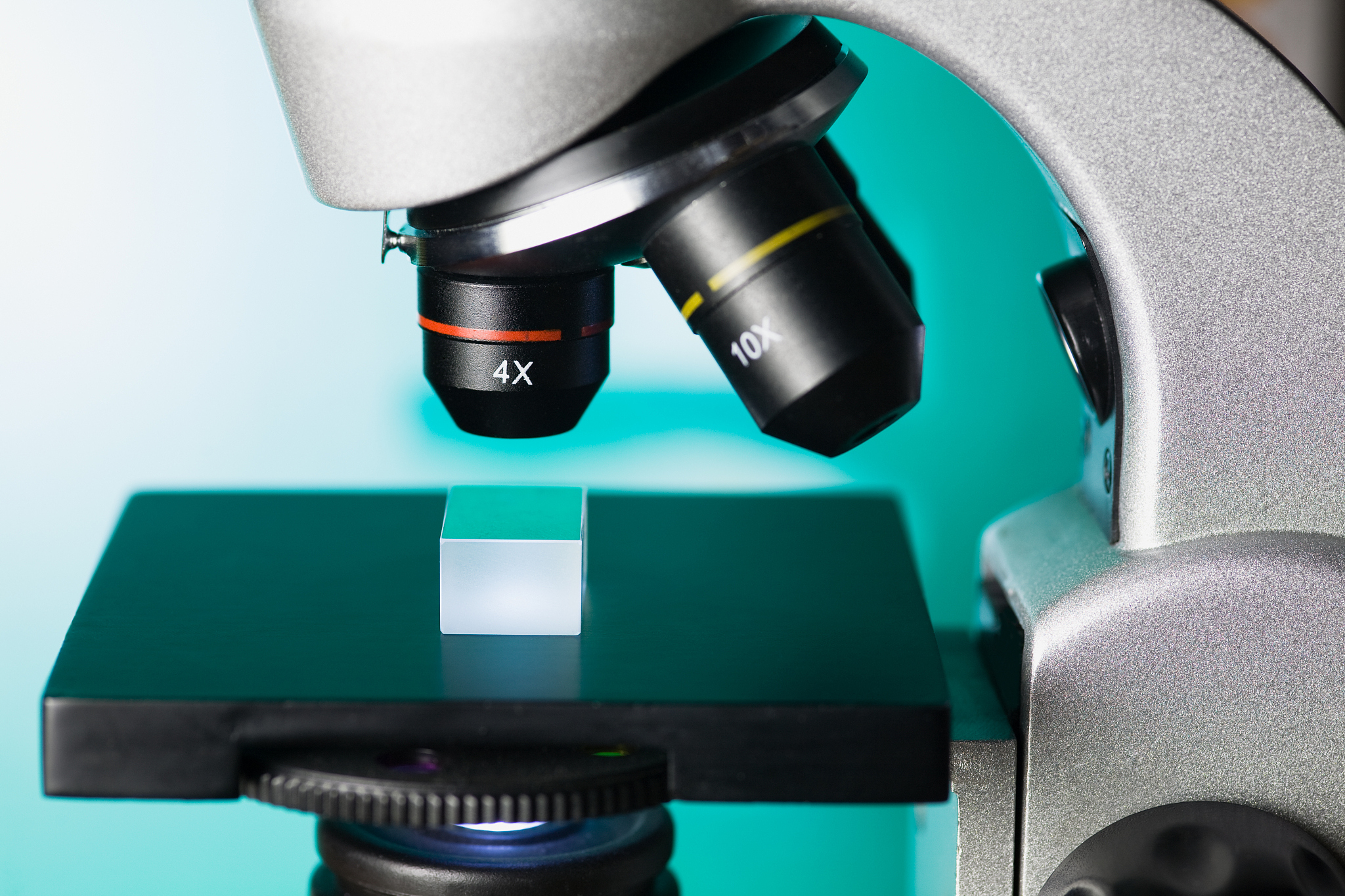Optical and Ultrasonic Proximity Sensors: Applications, Advantages & Comparison
Optical and Ultrasonic Proximity Sensors: A Comprehensive Guide
Proximity sensors are essential components in modern automation systems, enabling machines to detect objects without physical contact. Two prevalent types are optical and ultrasonic proximity sensors, each with unique operating principles and applications.
Optical Proximity Sensors
Optical proximity sensors utilize light to detect objects. They emit a beam of light, typically infrared (IR) or laser, which is reflected back by the target object. The sensor measures the time it takes for the light to return or the intensity of the reflected light, determining the distance to the object.
Advantages of Optical Proximity Sensors:
- High precision: Offer precise distance measurements, making them ideal for applications requiring accurate object positioning.
- Fast response time: React quickly to changes in distance, enabling fast control and detection.
- Immune to dust and dirt: Not affected by airborne particles, ensuring reliable operation in harsh environments.
- Compact size: Allow for easy integration into tight spaces.
Applications of Optical Proximity Sensors:
- Robotics: Object detection and navigation in industrial robots.
- Packaging and assembly: Precise positioning and control in automated packaging and assembly lines.
- Material handling: Detecting and sorting objects in conveyor systems.
- Level sensing: Measuring liquid levels in tanks and containers.
Ultrasonic Proximity Sensors
Ultrasonic proximity sensors emit sound waves and measure the time it takes for the waves to reflect back from a target object. The sensor calculates the distance based on the travel time of the sound wave.
Advantages of Ultrasonic Proximity Sensors:
- Long sensing range: Can detect objects at greater distances compared to optical sensors.
- Not affected by color or surface finish: Work reliably on various materials and colors.
- Robust construction: Withstand harsh environments and vibrations.
- Wide operating temperatures: Can function in extreme temperatures.
Applications of Ultrasonic Proximity Sensors:
- Parking assistance systems: Detect objects and provide distance warnings.
- Level sensing: Measuring the level of liquids or solids in tanks.
- Automated guided vehicles (AGVs): Navigating and avoiding obstacles.
- Industrial automation: Detecting objects in manufacturing processes.
Choosing the Right Sensor
The choice between optical and ultrasonic proximity sensors depends on the specific application requirements. Consider factors such as:
- Sensing range: Optical sensors have shorter ranges, while ultrasonic sensors can detect objects further away.
- Material properties: Optical sensors are affected by surface finish and color, while ultrasonic sensors are less sensitive to these factors.
- Environmental conditions: Optical sensors are more sensitive to dust and dirt, while ultrasonic sensors are more robust.
- Cost: Optical sensors are generally more affordable than ultrasonic sensors.
By carefully evaluating these factors, you can select the most suitable proximity sensor for your automation needs.

原文地址: https://www.cveoy.top/t/topic/fV02 著作权归作者所有。请勿转载和采集!